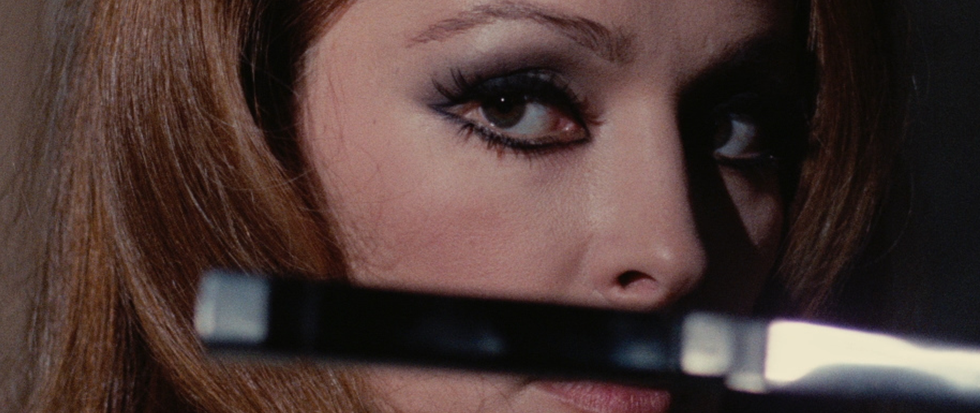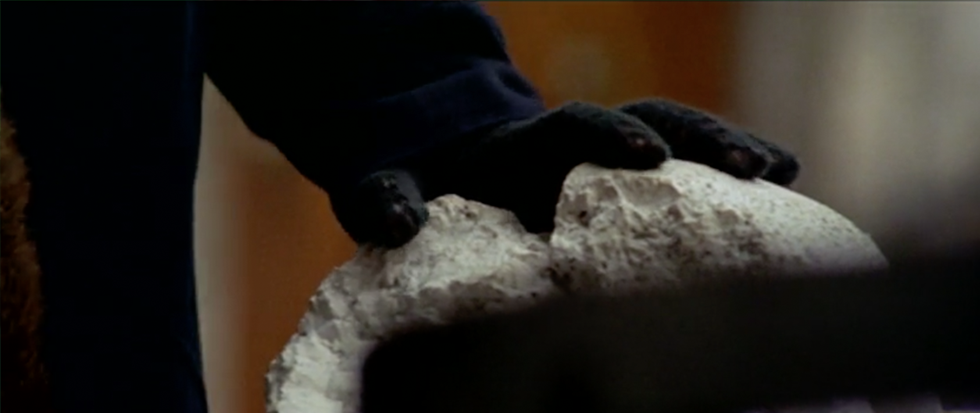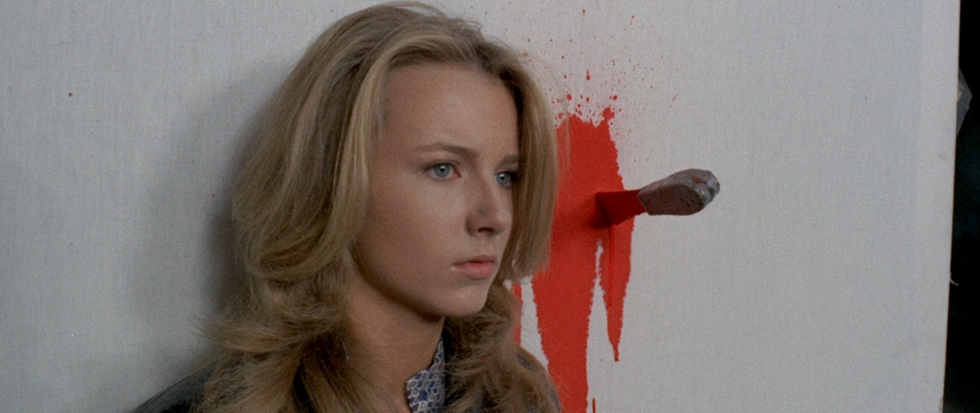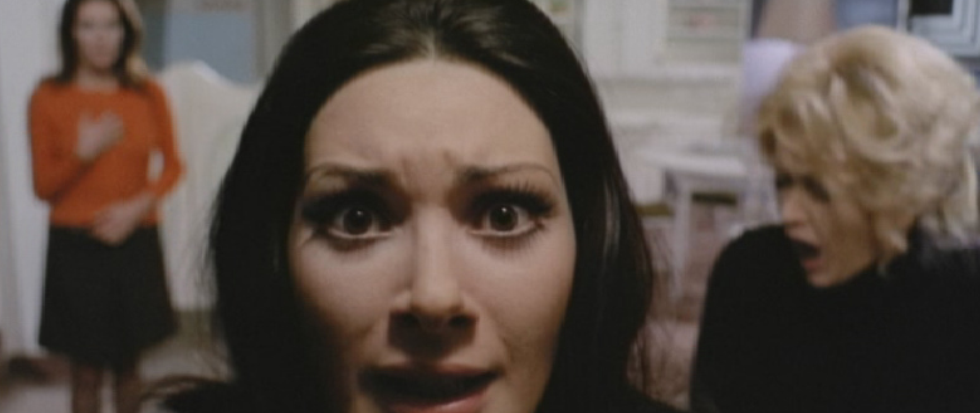
On Death Walks On High Heels
Giallo film was a cycle of Italian murder-mysteries that flourished for a few decades in the mid-20th century. Giallology is a humble appreciation of these movies.
—-
Here we are again, friends. Like Ozzy, I’ve been going through changes, but your dutiful guide through the psychosexual gauntlet of giallo cinema is back and she’s raring to go.
We left things off with Lucio Fulci’s 1971 A Lizard in a Woman’s Skin, which frankly is an impossible act to follow, so I can’t begrudge this week’s entry for falling well short of Fulci’s masterpiece. But Death Walks in High Heels, Luciano Ercoli’s second film, barely feels like a giallo at all; it focuses largely on police hijinks and diamond thieves as opposed to elaborate scenes of murder.
It has its fleeting charms, to be sure. Ercoli and cinematographer Fernando Arribas (The Blood Spattered Bride) find solid compositions in most every scene, especially an early sequence where stripper Nicole (Nieves Navarro) goes on a shopping spree with her sugar daddy Robert (Frank Wolff), trying on outfits in a superbly gaudy chrome dressing room. The tropicália score, by regular Mario Bava collaborator Stelvio Cipriani, perfectly evokes the carefree vibe of the film’s pastel, sun-drenched seaside hamlet. And a few nighttime scenes toward the end anticipate the teal-heavy look of Michael Mann’s 1981 Thief.

As you can probably tell from the above, this is not a particularly engaging or tense thriller—its fizzy aesthetic and goofy police procedural aspects are more like a Lupin III episode than anything else. There are the requisite head-scratching problematics at work, like a scene where Nicole strips while wearing blackface, the cross-dressing side character who exists only as a combination red-herring-and-largely-transphobic-gag, or the shockingly un-erotic scene where Nicole shoves greasy chunks of broiled fish into her mouth with her bare fingers to, uh, seduce Robert. That one goes on for a bit; longer, in fact, than the film’s scant two murder scenes.
Am I clamoring for a bit more brutality? I guess I’m just bloodthirsty—it’s October! I want blood. There is something to the ruthlessness of the giallo that gives its social commentary more edge; giallo are richer in this way than most slasher movies, which in typical American fashion stripped the genre’s ornate, often queer excesses to the bone for a functional killing machine. At its best giallo feels willing to point its finger straight at the powerful and indict the systems that keep them there. Death Walks On High Heels doesn’t set its sights that high. It’s a farce, in the end, one that comes and goes like a week spent by the beach.




